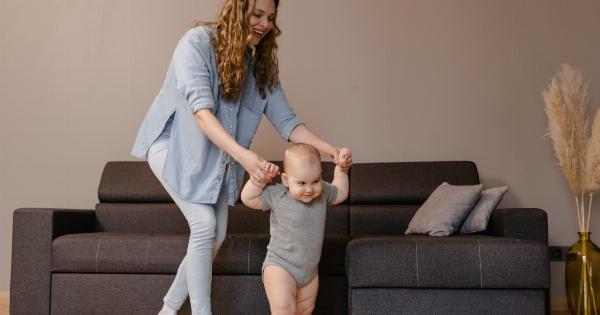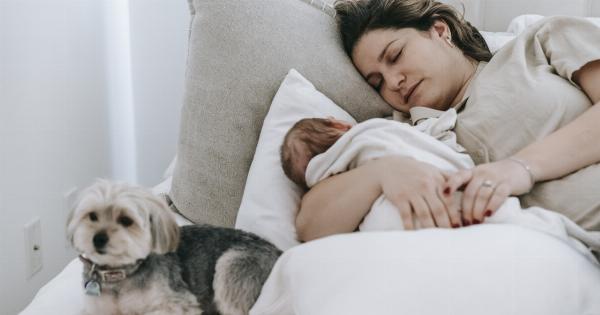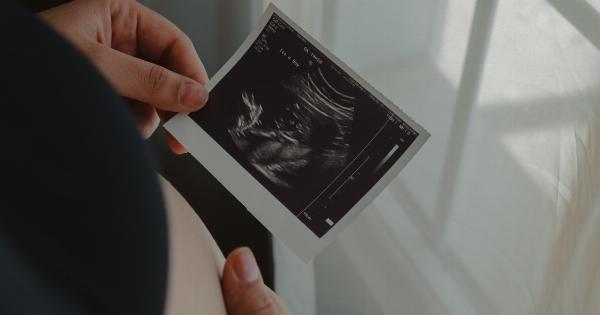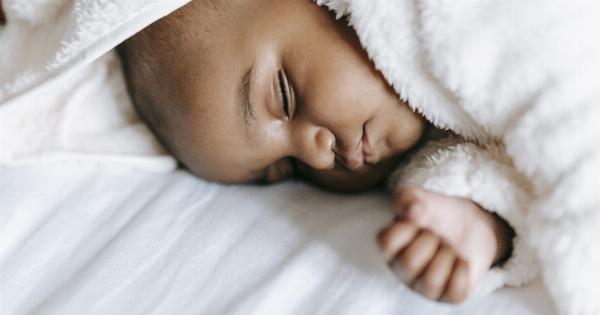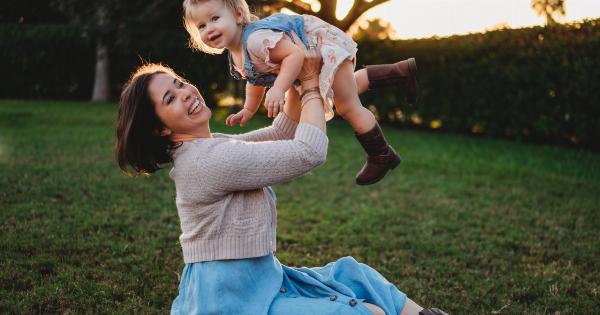Co-sleeping is a practice in which parents or caregivers sleep in close proximity to an infant or young child. This practice is common in many cultures, but its safety and benefits are often a subject of debate.
While some studies suggest that co-sleeping can promote bonding and improve sleep for both parents and children, others argue that it increases the risk of Sudden Infant Death Syndrome (SIDS) and other sleep-related accidents.
The Benefits of Co-sleeping
Proponents of co-sleeping argue that it has several benefits for both parents and children. These include:.
Bonding
Co-sleeping can help parents and children create a strong emotional bond. Infants who co-sleep with their parents tend to have more contact and physical closeness with their parents, which can promote feelings of safety and security.
Improved Sleep
Co-sleeping can also improve the quality of sleep for both parents and children.
Infants who co-sleep tend to wake up less frequently during the night, and parents may feel more rested because they don’t have to get up and go to another room to tend to their baby.
Breastfeeding
Co-sleeping can make breastfeeding easier and more convenient. Mothers who co-sleep with their babies can breastfeed without having to get out of bed or move to another room.
This can help establish and maintain breastfeeding, which has numerous health benefits for babies.
The Risks of Co-sleeping
Despite these potential benefits, co-sleeping is not without risks. The American Academy of Pediatrics (AAP) advises against co-sleeping for several reasons:.
Increased Risk of SIDS
Studies have shown that co-sleeping increases the risk of Sudden Infant Death Syndrome (SIDS). This risk is particularly high when a baby is sleeping with parents who are smokers, have been drinking alcohol, or are using drugs.
Babies can also suffocate if they become trapped in blankets or pillows or if they roll onto their stomachs.
Decreased Independence
Co-sleeping can make it more difficult for babies to learn to soothe themselves and fall asleep on their own. This can lead to problems with sleep and independence later on.
Affects on Parental Sleep Quality
While some parents find that co-sleeping improves their sleep, others report that it makes it more difficult to get a good night’s rest.
Parents may be more aware of their baby’s movements and noises during the night and may wake up more frequently as a result.
What Should Parents Do?
Ultimately, the decision to co-sleep with a baby is a personal one that should be made with safety in mind. If a family chooses to co-sleep, they should take steps to reduce the risks of SIDS and other accidents.
Use a Firm Mattress
Parents should make sure that their mattress is firm and that their baby is placed on their back on a flat surface. Soft surfaces can increase the risk of suffocation, and babies should never be placed on a waterbed or other soft surface.
Avoid Blankets and Pillows
To reduce the risk of suffocation, parents should avoid placing blankets, pillows, or other soft objects near their baby. Instead, they can use a lightweight swaddle or sleep sack to keep the baby warm.
Stay Sober
Parents should never co-sleep when they have been drinking alcohol or using drugs. This can impair a parent’s ability to respond to their baby’s needs and increase the risk of SIDS.
Keep Babies Close
Parents should keep babies close to them but not in the same bed. They can use a bedside bassinet or co-sleeper that attaches to the side of the bed to allow their baby to sleep close by without sharing the same sleep surface.
Conclusion
The decision to co-sleep with a baby is one that should be made carefully and with safety in mind. While co-sleeping can provide benefits for both parents and children, it also carries risks, particularly for SIDS.
Parents should carefully weigh the benefits and risks and take precautions to ensure that their baby is safe during sleep.




